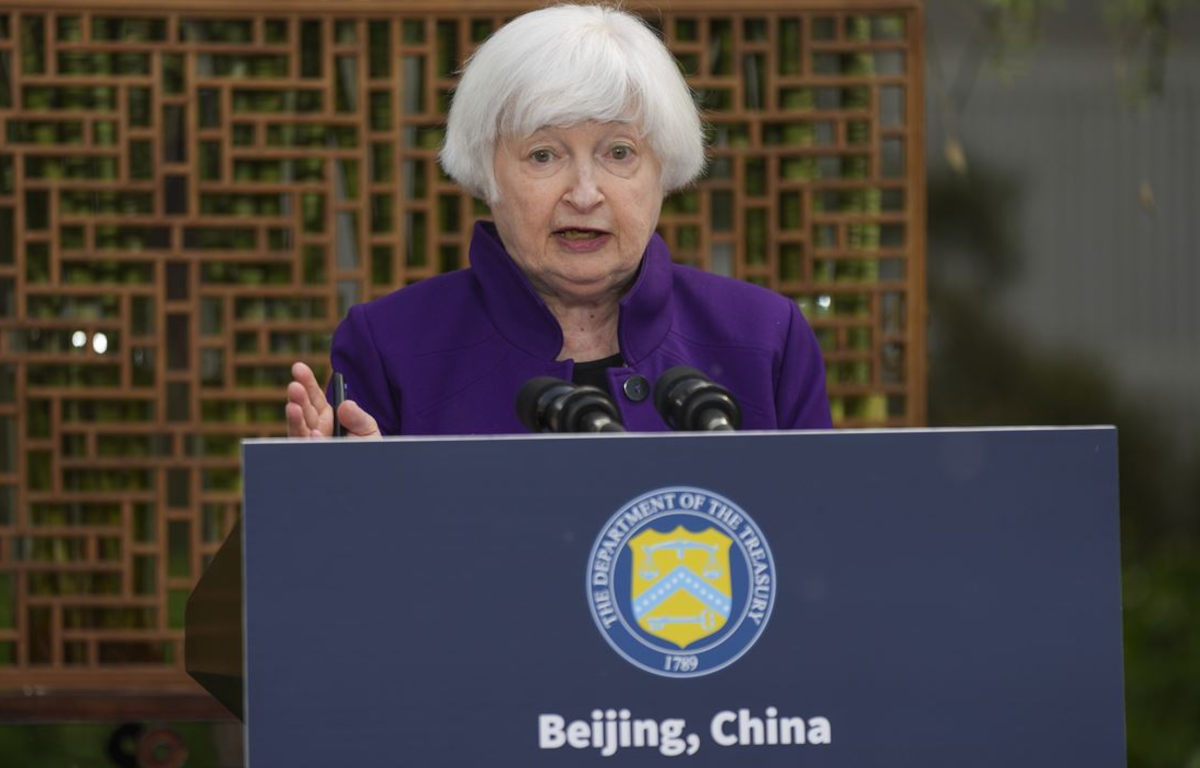
De-dollarization has been on the agenda of BRICS nations for some time. The desire to reduce their vulnerability to the volatility of the U.S. dollar, as well as assert their economic independence, has been a driving force behind this initiative. However, the summit highlighted the complexities and challenges associated with achieving this goal.
One of the most anticipated announcements was the possibility of a new digital currency, potentially led by China’s Digital Yuan (e-CNY). China has made significant strides in developing a central bank digital currency (CBDC), which it sees as a potential tool for reducing dollar dependence in international trade. While there was speculation that the BRICS nations might collectively endorse or integrate the e-CNY, the summit did not result in any concrete agreement.
Russia has been actively seeking alternatives to the U.S. dollar in recent years, mainly due to economic sanctions imposed by Western nations. During the summit, President Vladimir Putin emphasized the importance of de-dollarization, promoting the use of national currencies in trade among BRICS nations. However, the absence of a unified strategy among the member states raised questions about the feasibility of such an approach.
India, while supportive of the idea of reducing dollar dependence, took a more cautious stance during the summit. Prime Minister Narendra Modi stressed the need for careful consideration of the implications of de-dollarization and highlighted the importance of maintaining stable global financial systems.
Brazil and South Africa exhibited pragmatic realism regarding de-dollarization. Both countries acknowledged the benefits of reducing reliance on the U.S. dollar but did not commit to any specific actions during the summit. Their leaders emphasized the need for further research and collaboration in this area.
The lack of a unified stance on de-dollarization among BRICS members reveals the complexity of the issue. While all members share a common desire to reduce dollar dependency, their approaches vary due to divergent economic interests, geopolitical considerations, and the challenges involved in implementing alternative currencies.
One of the main challenges is establishing trust in alternative currencies. The U.S. dollar has long been a symbol of stability in global finance, and convincing international partners to switch to alternatives can be a daunting task. Additionally, the development and integration of CBDCs and other alternative currencies require significant technical and regulatory efforts.
Furthermore, geopolitical tensions between BRICS members and the broader international landscape add to the complexities. The rivalry between the United States and China, in particular, has implications for the success of any de-dollarization efforts.










Share this: